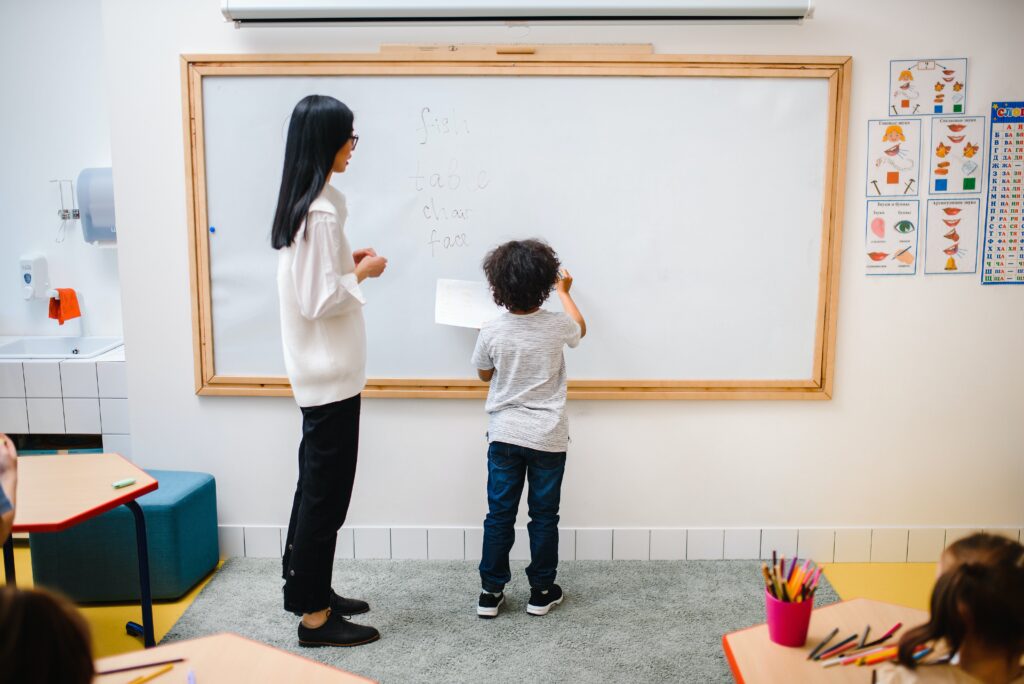Check this Guide and Start Talking 🙂
Learning a new language can feel both exciting and a bit scary, whether you’re just starting out or already know a bunch of languages. No worries – our language experts are here to make it easy for you! This guide shares 13 super useful secrets to help you get really good at a language, no matter where you begin. Forget about boring textbooks and drills – we’re talking about fun ways to learn, like diving into the language, using smart techniques, and tricks that turn learning into something enjoyable, not boring. Learning a language should feel like an adventure, not a chore, and we’re here to make sure it does!
So, if you’re just starting or already know a bit, this guide is like your language learning buddy. It’s full of cool tips and a plan to help you get good at a language without the usual boring stuff. Get ready for a language journey where every lesson brings you closer to speaking fluently, and every challenge is a chance to get better!

1. Dive Deep, Not Wide
Ditch the “jack of all trades” approach. Prioritize monolingual immersion in your target language. This fosters deeper comprehension and fluency compared to multitasking across multiple languages.
2. Start Simple, Speak Soon
Think of learning a new language like taking small steps instead of trying to climb Mount Everest all at once. Start with easy conversations and simple materials to build a strong foundation. Begin with short and easy-to-understand dialogues to learn the basics before tackling more complicated grammar stuff.
Imagine it as putting together puzzle pieces – start with the corners and edges before dealing with the tricky middle parts. Use conversations made for beginners to get the hang of basic words, how sentences work, and everyday talk. This way, you build confidence and understanding step by step, making it easier to handle harder language challenges later on. So, focus on these simple dialogues first, and you’ll be on your way to becoming a language pro without getting overwhelmed.
3. Pronunciation Perfection
Don’t worry if saying “w” or “r” feels a bit tricky – it’s like your secret language weakness, but we’ve got a plan! Master your pronunciation from the get-go by copying how native speakers talk and using tools to help you. Think of it as leveling up your speaking skills now, and later on, you’ll impress everyone with how fluent you sound.
Practice saying words like a pro by listening to how native speakers say them. It’s like learning a cool secret handshake – once you get it right, you’re part of the club! And don’t forget about pronunciation tools; they’re like your superhero gadgets for speaking perfectly. It might seem like a small thing now, but getting your pronunciation spot on early will make a big difference in how awesome you sound when you talk in the language later on. So, let those wonky “w”s and wobbly “r”s be a thing of the past – your future fluency will thank you!
4. Island Hopping
Ever find yourself drowning in a sea of words? Imagine your learning as a journey through themed islands – think history or hobbies. When you group words around specific topics, they become like landmarks, making it easier to remember them. Seeing familiar words in different situations helps stick them in your memory, so when you need them, they pop up effortlessly. It’s like creating a mental map of words, and navigating through these thematic islands makes your language learning adventure much more enjoyable and effective.
5. Comprehensible Input is King
Don’t force-feed your brain with material beyond its digestive capacity. Find content just above your level, whether it’s beginner-friendly podcasts or simplified novels. You’ll understand more than you think, fueling your progress with every sentence.
6. Read Wisely, Not Wildly
Ditch the dictionary dependency! Select reading materials relevant to your personal interests and professional goals. Utilize non-fiction texts with simpler syntax and familiar concepts to enhance both language acquisition and knowledge acquisition.
7. Ditch the Parallel Paralysis
Using parallel texts might seem like a helpful tool, but it’s a bit like relying too much on training wheels – it doesn’t build your language muscles. Take on the challenge of reading exclusively in your target language. Sure, there might be some tricky parts, but the satisfaction of mastering a sentence without any assistance is like striking gold in your language journey. Embrace the bumps and hurdles – they’re the stepping stones to becoming a linguistic champion!
8. Speak Up, Speak Early
Don’t let shyness silence your inner polyglot. Start speaking early, even if it’s just to yourself or a friendly language exchange partner. The more you use the language, the more comfortable and fluent you’ll become. Check the video below to understand more about this:
9. Immerse Yourself, Everywhere
Turn your world into a language-learning playground. Listen to music, watch movies, even label your groceries in your target tongue. The more you surround yourself with it, the faster it seeps into your bones.
10. Ditch the Subtitle Shortcut
Subtitles can act as a safety net, offering a helpful guide, but they also have the potential to draw attention away from the true enchantment of language – the spoken word. Take a bold step by turning off those captions and allowing your ears to bear the responsibility of decoding the spoken language. This simple yet powerful shift forces you to immerse yourself fully in the auditory experience, and you’ll likely be pleasantly surprised at the extent of your understanding when you wholeheartedly tune in to the spoken expressions, unaided by written cues.
11. Embrace Ambiguity
Mastering a language isn’t a straightforward sprint; rather, it resembles a meandering trek full of twists and turns. It’s crucial to acknowledge that you won’t grasp everything at every moment. Embrace the enigma of the learning process, allowing the language to envelop you like a gentle tide. Trust in the journey, confident that each encounter with the language contributes to a mosaic of comprehension, with fragments gradually falling into perfect alignment. Accepting this dynamic and often unpredictable path is not only liberating but also paves the way for a richer, more profound language-learning experience.
12. No Hacks, Just Hustle
Real progress comes from hard work and dedication. Prioritize sustained engagement and hard work. Fluency is not a quick fix, but rather a product of consistent effort and dedicated practice.
13. Love the Journey, Not Just the Destination
Always keep in mind that fluency isn’t a destination but an ongoing, lifelong adventure. Relish the entire journey of learning, take pleasure in the small victories along the way, and bask in the sheer delight of connecting with diverse cultures, broadening your horizons, and continually expanding your worldview. Understanding that language proficiency is an evolving expedition, not a fixed endpoint, adds a layer of appreciation to every step taken on this enriching linguistic odyssey. So, savor the learning process, acknowledge the milestones, and find joy in the profound connections formed through the exploration of language and culture.

In conclusion, integrating these 13 valuable tips into your language-learning journey is like having a treasure map for unlocking the door to linguistic mastery. Each tip serves as a guidepost, offering insights and strategies to navigate the diverse terrain of language acquisition. By incorporating these techniques into your daily practice, you create a roadmap that not only streamlines your learning process but also enhances your overall proficiency. The collective impact of these tips transforms the language-learning experience from a mere endeavor into a purposeful and rewarding expedition.
It’s important to bear in mind that the road to fluency is more of a scenic route than a straight path. Embrace the twists and turns, savor the challenges, and celebrate the victories, for they contribute to the breathtaking view from the linguistic summit. Recognize that each step, no matter how small, is a building block toward a panoramic understanding of the language. So, as you embark on this linguistic journey, armed with the knowledge gleaned from these tips, take a moment to appreciate the beauty of the evolving landscape and the progress you make along the way. Bon voyage!







